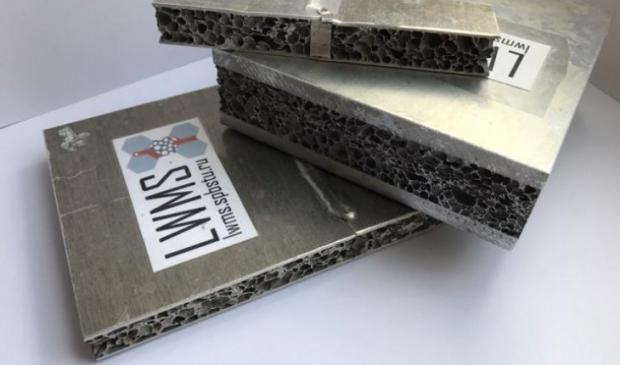
Breaking News
6.5x55 Swedish vs. 6.5 Creedmoor: The New 6.5mm Hotness
Best 7mm PRC Ammo: Hunting and Long-Distance Target Shooting
 Christmas Truce of 1914, World War I - For Sharing, For Peace
Christmas Truce of 1914, World War I - For Sharing, For Peace
Top Tech News
 EngineAI T800: Born to Disrupt! #EngineAI #robotics #newtechnology #newproduct
EngineAI T800: Born to Disrupt! #EngineAI #robotics #newtechnology #newproduct
 This Silicon Anode Breakthrough Could Mark A Turning Point For EV Batteries [Update]
This Silicon Anode Breakthrough Could Mark A Turning Point For EV Batteries [Update]
 Travel gadget promises to dry and iron your clothes – totally hands-free
Travel gadget promises to dry and iron your clothes – totally hands-free
 Perfect Aircrete, Kitchen Ingredients.
Perfect Aircrete, Kitchen Ingredients.
 Futuristic pixel-raising display lets you feel what's onscreen
Futuristic pixel-raising display lets you feel what's onscreen
 Cutting-Edge Facility Generates Pure Water and Hydrogen Fuel from Seawater for Mere Pennies
Cutting-Edge Facility Generates Pure Water and Hydrogen Fuel from Seawater for Mere Pennies
 This tiny dev board is packed with features for ambitious makers
This tiny dev board is packed with features for ambitious makers
 Scientists Discover Gel to Regrow Tooth Enamel
Scientists Discover Gel to Regrow Tooth Enamel
 Vitamin C and Dandelion Root Killing Cancer Cells -- as Former CDC Director Calls for COVID-19...
Vitamin C and Dandelion Root Killing Cancer Cells -- as Former CDC Director Calls for COVID-19...
 Galactic Brain: US firm plans space-based data centers, power grid to challenge China
Galactic Brain: US firm plans space-based data centers, power grid to challenge China
Unsinkable aluminum foam

Aluminum foam is produced by adding foaming gas into liquid metal during re-melting of the aluminum material. The porous materials can be used for increase of structures stiffness and sound and heat insulating proprieties, said the SPbPU's Media-center.
"High porosity level can be used to decrease the density of structural elements, e.g. sheets. The density can be decreased even lower than the density of water. Such structural elements will be unsinkable. And its usage in shipbuilding will ensure unsinkability even with the leak in the hull", says Oleg Panchenko, deputy head of the Laboratory of Light Materials and Structures SPbPU, one of the inventors.
In many cases, the carrying capacity of thin materials (1 mm or less) is sufficient for a lot of structures. But material with such thickness sometimes has geometric limitations (the thickness is too small for manipulation) or it can't be joined without deformation. Due to pores in the porous material, it is possible to increase the thickness, maintaining the weight and increase the stiffness of the structure.

 The State's Last Stand
The State's Last Stand


